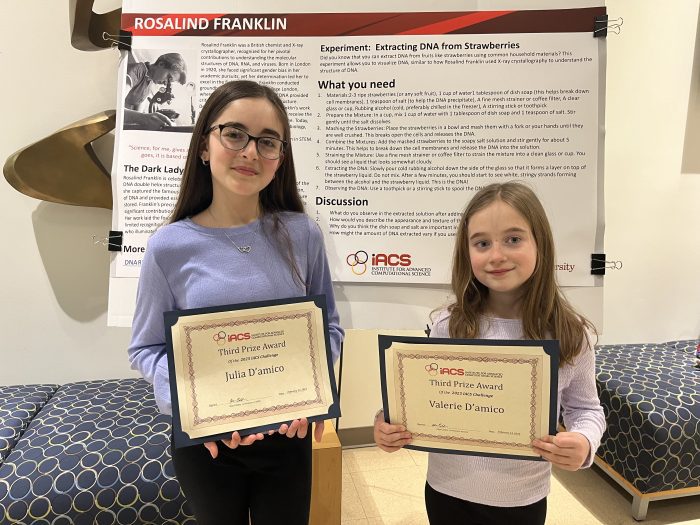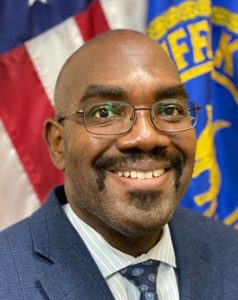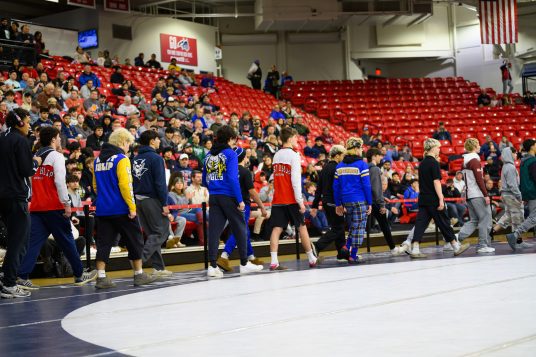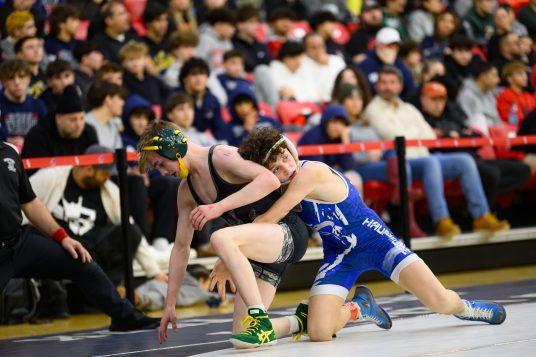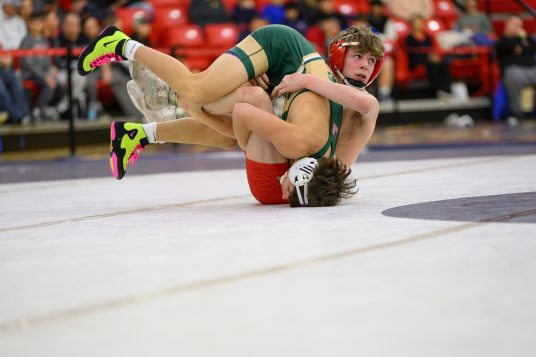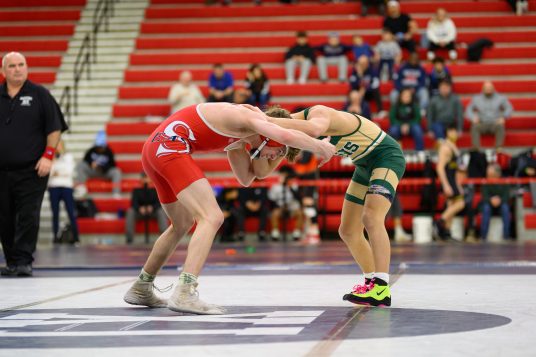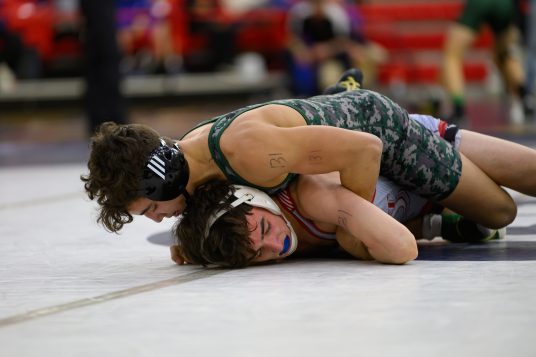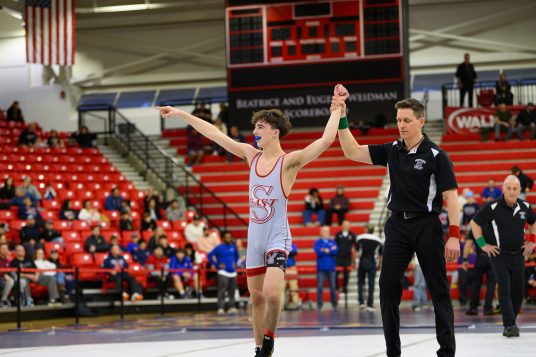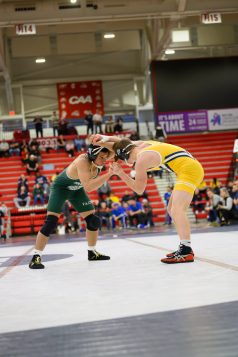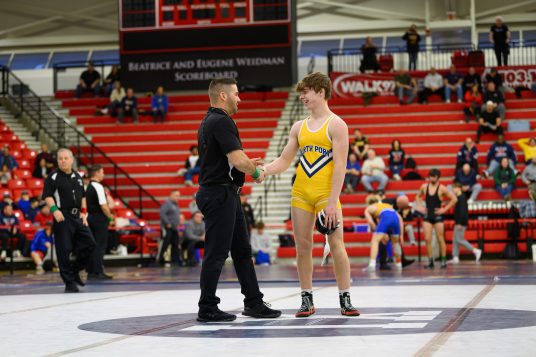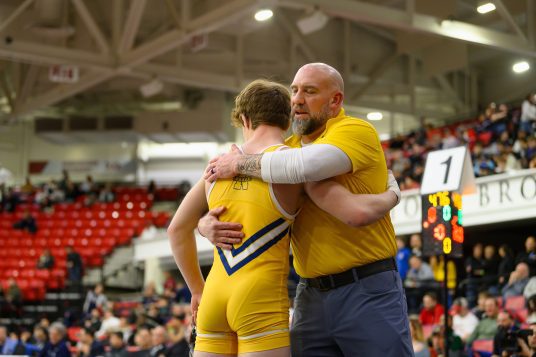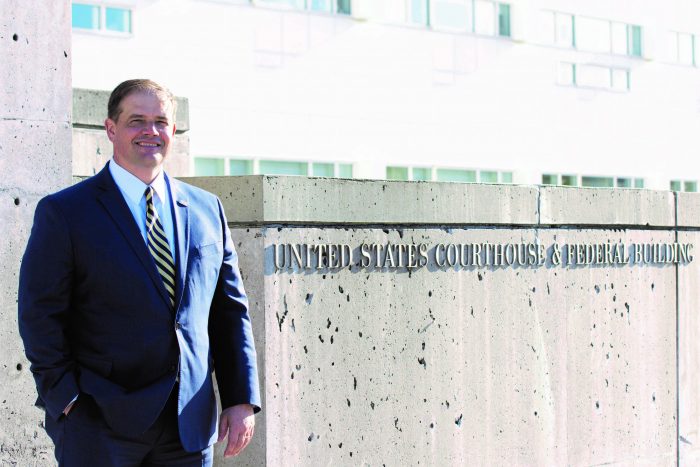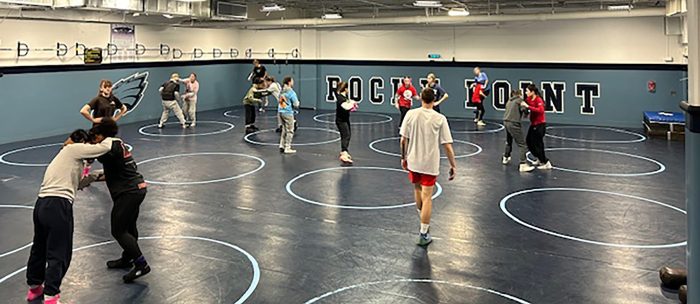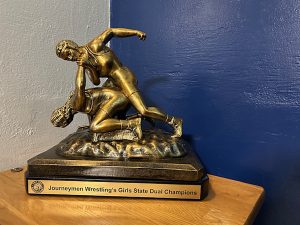In 2025, labels are toxic, political and problematic.
DEI? Not allowed anymore. Woke? There’s undoubtedly an executive action to rid the nation of anything that fits under this large umbrella.
Fortunately, during last week’s final stage in a contest run by Stony Brook University’s Institute for Advanced Computational Science, politics didn’t enter the room, even though women, girls, families and boys met for a science competition.
The IACS unveiled the winners in their competition a few days after the International Day of Women and Girls in Science.
The competition helped over 150 local students learn about women scientists who may not be household names, but who made significant contributions to their fields.
Some of these historical role models were firsts. Mary Jackson was the first female Black engineer. Marie Curie was the first woman to earn a degree from the University of Paris.
Others made significant, and sometimes overshadowed, contributions to their fields. Rosalind Franklin, for example, provided key x-ray crystallography images that uncovered the double helical structure of DNA.
For students in the area, the competition was not only an opportunity to learn about the history of these women and the challenges they overcame, but was also a chance to conduct their experiments and present them to a receptive audience.
All the competitors were not girls. The participants, whether or not they won, appreciated the opportunity to learn and compete.
Parents of these precocious children were thrilled that this contest provided an enrichment learning opportunity, built their daughters’ confidence, and gave the next generation a sense of the myriad opportunities the sciences might present to them.
Each of these students — and some of them worked in teams — produced a one minute video explaining who the scientist was, why she was important and how they conducted their own experiment.
Some of them extracted DNA from strawberries, while others, like co-winner Allison Wong launched small objects through the air with their own miniature catapults, measuring the time marbles, cotton balls, ping pong balls and bottle caps were in the air and the distance these objects traveled.
Even amid concerns about future funding for all kinds of science and educational programs, this second annual competition was clearly a success for the competitors and a source of great satisfaction for parents, science teachers, and extended family members.
This kind of educational outreach program is exactly what every area needs, as students not only competed to win cash prizes, but also asked about future opportunities for scientific learning and advancement.
We congratulate the IACS and the co-chairs of this effort, Professors Marivi Fernandez-Serra and Monica Buggalo at Stony Brook University, for putting this great event together. We also hope that this kind of community service and outreach continues to provide necessary opportunities for personal growth.
These students expanded on the typical effort to study for a test, memorize dates or answer multiple choice or short answer questions for a class assignment. These videos took days to produce and edit.
We thank women scientists of the past for everything they did in and out of the limelight and we take great comfort in pondering a future led by the boundless enthusiasm of the competitors who are in the early stages of their own journeys.

